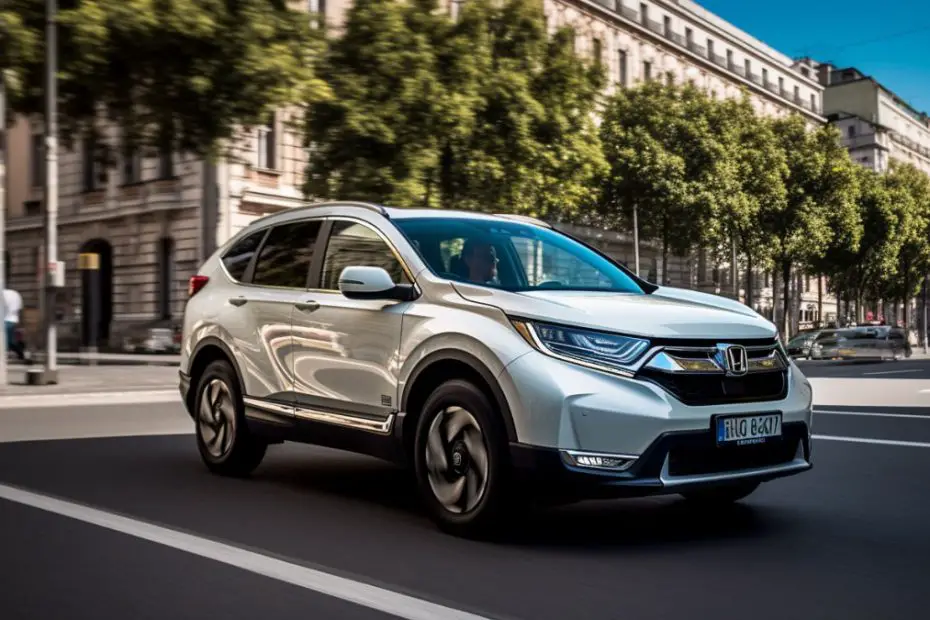In 2018, newer models of the Honda CR-V introduced the electric parking brake feature, which completely changed how drivers interact with their cars. Honda sought to increase safety and convenience by swapping out the conventional handbrake for a handy button-operated device. But, this parking brake isn’t free from issues.
However, it is crucial to address some concerns regarding the EPB system. These malfunctions can occur due to various causes, including:
- A failed EPB actuator
- A buildup of rust on the brake caliper
- Low battery voltage
- Dirty brake switch
- Worn-out brake pad
As the EPB system becomes increasingly prevalent in newer vehicles, car owners need to understand the reasons behind EPB failures and explore potential solutions. In this article, we will discuss the underlying reasons why Honda CR-V cars experience EPB failure and offer a potential fix.
Possible Causes Of Honda CR-V Electric Parking Brake Problems
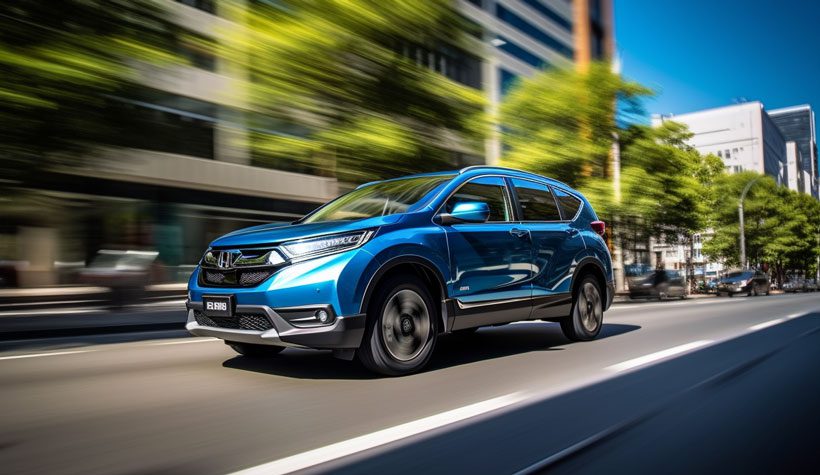
The reported problems with a Honda CRV’s electric parking brake could be caused by many different factors. Typical causes include things like:
1. Low Battery Voltage
A low-voltage battery is a common cause of your car’s EPB system malfunctioning. Your car’s battery serves as the EPB system’s sole electrical power source.
Thus, most car users often complain that when the voltage of their car’s battery falls below 12.6V due to being discharged or weak, it may not be able to supply sufficient power to the EPB system. This causes the EPB to malfunction.
2. Faulty Electric Parking Brake Actuator
The EPB actuator is like the heart of the system, made up of an electric motor, gears, and a mechanism that works together to engage the parking brake. You may have EPB system issues and incur significant repair costs if any of these parts get broken.
For instance, a car owner had his electronic parking brake fail due to a faulty actuator, and the replacement cost him a whopping £675.

3. Low Brake Fluid
The EPB system in your Honda CR-V uses a motor to apply and release the brakes. But it also requires a hydraulic system to calibrate the brakes and ensure proper operation.
This hydraulic pressure is generated by the brake fluid when you activate the brake pedal. If the brake fluid level in your car is low, the hydraulic system may not have enough pressure to properly calibrate the brakes.
4. Buildup Of Rust On The Brake Caliper
If you own a vehicle with an EPB system, it’s essential to understand how rust on the brake caliper components can affect its operation.
The EPB system relies on the calipers’ movement to engage and disengage the parking brake effectively. But when rust forms on the components, it can hinder this movement.
Corrosion could specifically cause the sliding pins and pistons to stiffen. This can make it difficult for the calipers to apply the precise amount of force to engage or release the parking brake.

5. Dirty Brake Switch
Did you know that the brake switch located on the center console of your automobile can collect dirt and grime? It occurs if you don’t regularly clean your car.
If the switch is dirty, it may not register when the brake pedal is released, causing the EPB system to remain engaged. In contrast, if the switch is dirty and unable to recognize when the pedal is depressed, the EPB system may not activate, resulting in the car rolling away from a stop.
6. Worn-Out Brake Pad
To activate the brakes, the electric motor in the EPB system requires a specific amount of force. Your Honda CR-V’s brake pads thin out with wear, making it harder for the engine to efficiently apply the brakes.
As a result, the EPB system may not activate correctly when you park your car, making it less effective.
7. Defective Sensors
The EPB system in your vehicle uses a range of sensors to monitor the condition of the vehicle and ensure proper operation. For example, a brake pedal position sensor detects if you’ve pressed the brake pedal. If these sensors produce inaccurate data, the EPB’s performance may suffer.

8. Worn-out Brake Switch
The brake switch is responsible for signaling the system to engage or disengage the parking brake. If the switch is worn or damaged, it may fail to send the signal, resulting in the parking brake not engaging or disengaging properly.
9. Jammed Brake Caliper
A jammed caliper may prevent the brake from releasing fully, causing the system to engage the parking brake automatically. This can lead to the parking brake becoming stuck in the engaged position, which can be a safety concern.
Solutions For The Honda CR-V’s Electric Parking Brake Issues
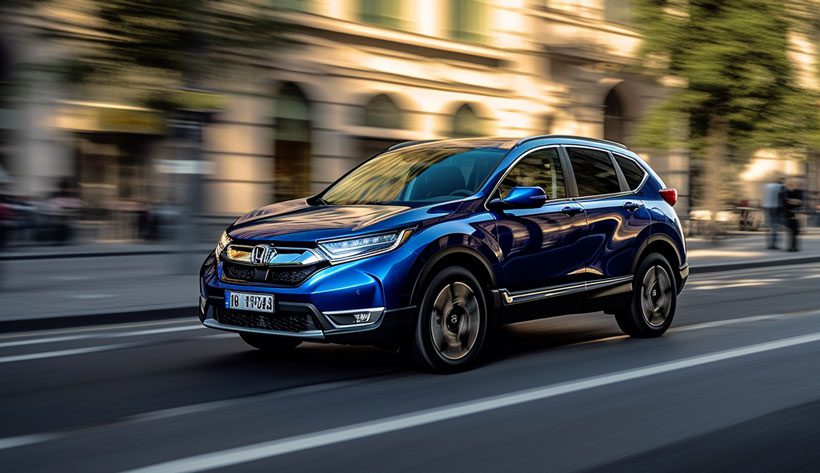
Now that you are aware of the potential causes of the EPB system problem in your Honda CR-V, let’s talk about potential fixes.
1. Recharge the battery
You can recharge your car’s battery by following the procedures below if it has a low voltage.
- Step 1: Initially, turn off the engine of your automobile and let it idle for 12 to 15 minutes.
- Step 2: Next, check the voltage of your car’s battery using a multimeter or a battery tester. Normally, the voltage of a completely charged battery should be around 12.6 volts.
- Step 3: Use a suitable battery charger to recharge the battery if it has a low voltage.
- Step 4: You must keep an eye on the battery’s voltage once it has been recharged to make sure it holds a sufficient charge.
- Step 5: You must now reset the EPB system. Press and hold the EPB control button for roughly 10 seconds, until the system reset.
- Step 6: Finally, start your car and look for any error messages on the dashboard to make sure the EPM system works properly.
2. Install a new EPB Actuator
If your EPB actuator is malfunctioning, you should first connect a diagnostic scanner to the onboard diagnostic port of your car. This is to check for any EPB-related error codes. This will make it easier to pinpoint the precise problem with the actuator.
If the diagnostic scan reveals error codes related to the EPB actuator, clear the fault codes using the diagnostic scanner. You should also look for any issues with the wire harness and electrical connections on the actuator.
However, if the actuator in your automobile is irreparably broken, you should visit a qualified mechanic or a Honda CR-V car dealer who can install a new actuator in its place.
3. Top up the brake fluid
Check out the steps below to refill your car’s brake fluid.
- Step 1: First, you must find the brake fluid reservoir in the engine compartment.
- Step 2: After that, take off the cap to check the fluid level.
- Step 3: You must fill the reservoir with more brake fluid if the level is low.
- Step 4: After topping off the brake fluid, secure the reservoir’s cap and check the surrounding parts for leakage.
- Step 5: At last, start your car; activate and deactivate the parking brake a few times to ensure it functions properly.
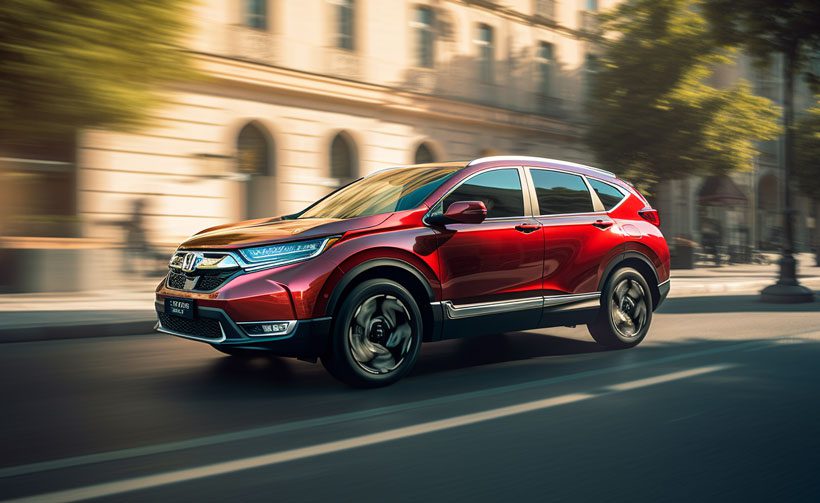
4. Apply grease on the brake caliper
You can follow these guidelines to deal with a buildup of rust in your Honda CR-V’s brake calipers.
- First of all, turn off your car and put on a pair of disposable gloves.
- Next, take a lug wrench and remove the lug nuts of the affected wheel.
- Carefully take off the wheel.
- After that, properly clean the corroded brake caliper using a brake cleaner spray and brush.
- Then you must apply brake caliper grease to the caliper slides or pins so that they can move smoothly.
- Now, put the wheel back onto the wheel hub, tighten the lug nuts, and then use the jack to lower the automobile to the ground.
- Start your Honda CR-V now, ensure it is in park mode, and check if the EPB system is operating correctly.
5. Clean the brake switch
Your Honda CR-V’s EPB system could be malfunctioning as a result of a dirty and damaged brake switch. So, to clean the brake switch, adhere to the instructions below.
- Step 1: First, you must shut off your car’s engine to avoid receiving an electric shock.
- Step 2: Next, carefully unplug the electrical connector that is connected to the brake switch using a screwdriver.
- Step 3: Now, apply “glass cleaner” or “electrical contact cleaner” to a microfiber cloth.
- Step 4: Then gently wipe the brake switch surface and the surrounding area with the microfiber cloth to remove any dirt or debris.
- Step 6: Connect the electrical connector firmly back into place after cleaning the brake switch.
6. Install new brake pads
The best course of action is to install new brake pads if your Honda CR-V’s electronic parking brake system is malfunctioning.
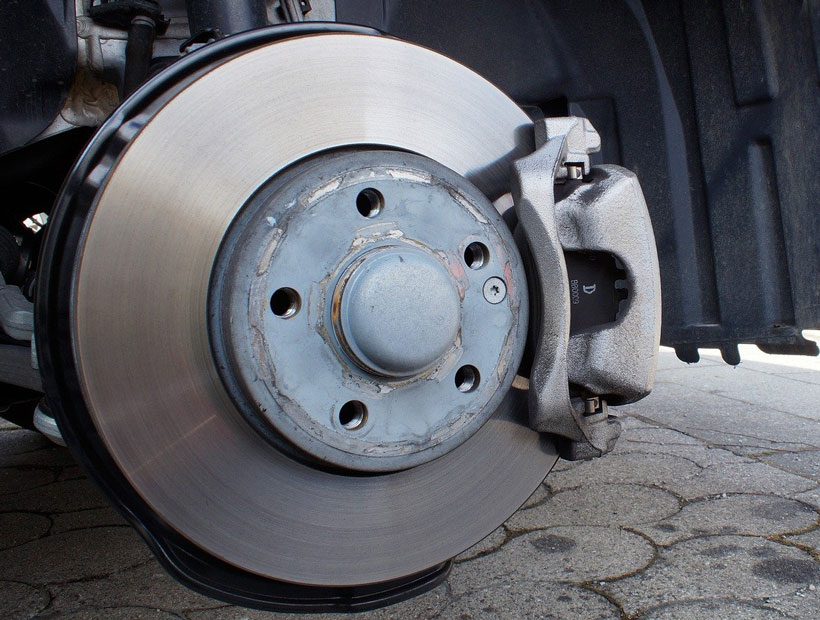
To install new brake pads, you will need the following tools:
- A lug wrench
- Jack stands
- C-clamp
- A brake pad set
- Screwdriver
To install the brake pads, follow the steps below.
- Step 1: First, switch off the engine and make sure your automobile is in park mode. After that, use the jack to carefully lift your Honda CR-V off the ground and secure it using jack stands.
- Step 2: To remove your car’s wheels, you must first use a wrench to release the lug nuts holding them in place. Then, using a screwdriver, unbolt the caliper and remove the outdated brake pads.
- Step 3: Now you can install the new brake pads. Afterward, reinstall the brake caliper and tighten it using the sliding pins. In the final step, you must remount the wheels, lower your car to the floor, and check the EPB system’s functionality.
7. Sensor replacement
We recommend you take your automobile to a mechanic if you suspect a faulty sensor is to blame for the EPB system in your car acting up.
The mechanic can do a diagnostic check using a diagnostic tool on your Honda CR-V. This will make it easier to pinpoint the particular sensors that are malfunctioning.
Sometimes the problem may be with the wiring rather than the sensors themselves. So, ask your mechanic to thoroughly check your vehicle for damaged wiring or loose connections.

FAQs
Read the FAQs given below if you have any questions concerning the Honda CR-V’s electric parking brake problem.
If the electric parking brake on your Honda CR-V becomes stuck, you should attempt to disengage it. Try to disengage it by gently lifting the release lever and depressing the brake pedal at the same time.
No. The parking brake is a crucial safety device, thus you shouldn’t drive with it broken.
Your Honda CR-V electric parking brake may be malfunctioning if you see any error messages on your dashboard, have trouble engaging or disengaging the parking brake, or hear any odd noises.
Final Words
In conclusion, the Honda CR-V electric parking brake problem is concerning. Therefore, as a responsible Honda CR-V driver, you should be alert for any warning indicators, such as odd noises or a dashboard warning light.
This can assist you in spotting any issues before they become serious, enabling prompt repairs. If you own a Honda CR-V and are having problems with the electronic parking brake, we advise getting in touch with your Honda dealership.
Additionally, we recommend contacting a mechanic to fix the issue as soon as possible.
